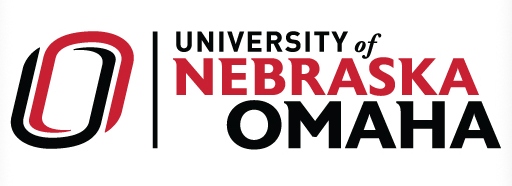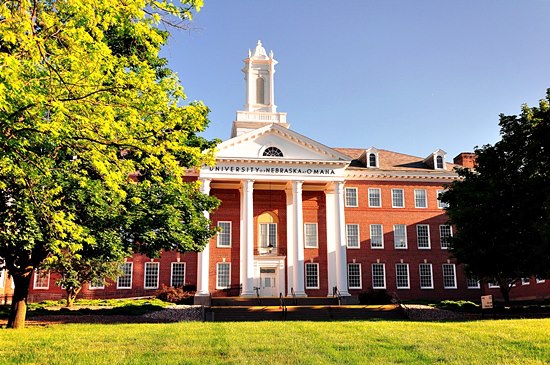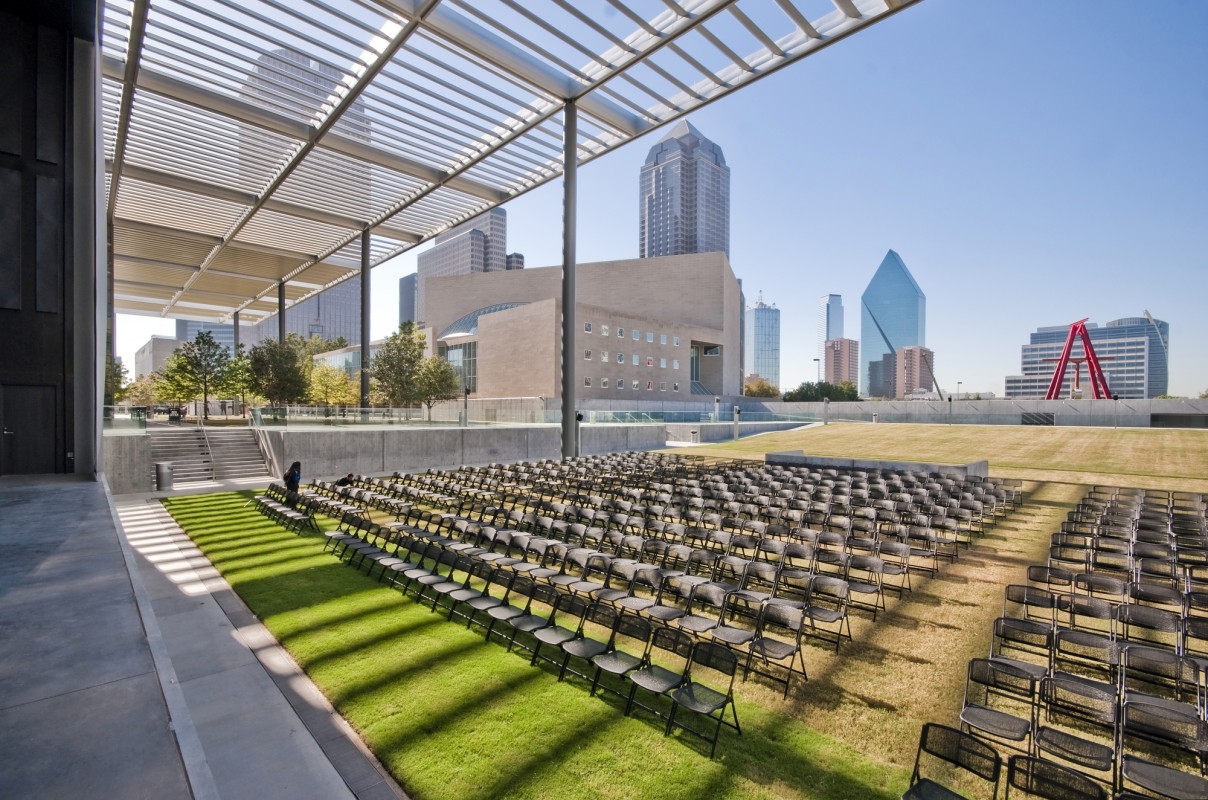- Study in AustraliaAustralian Universities/CollegesPrograms by faculty AusAustralian VisasLife in Australia
- Study In New ZealandNew Zealand UniversitiesPrograms by Faculty NZNew Zealand VisasLife in New Zealand
- Study in CanadaUniversities/Colleges in CANADAPrograms by faculty CanadaCanadian VisasLife in Canada
Communication, Fine Arts & Media at University of Nebraska Omaha
| Communication, Fine Arts & Media at The University of Nebraska at Omaha | |||
| Communication, Fine Arts & Media at The University of Nebraska Omaha CFAM: United by the creative forces of imagination and communication. The College of Communication, Fine Arts and Media is dedicated to inspiring cultural growth, artistic expression and creative activity through innovative application of both practical and theoretical knowledge across five academic units: Art & Art History, Communication, Music, Theatre, and Writer's Workshop. | | ||
|
| |||
| | |||
| With curriculum incorporating elements of liberal arts, the humanities and the social sciences, CFAM graduates are well prepared to succeed in their chosen disciplines. The college's nationally-known faculty of artists, performers, writers, and scholars guide students' progress with opportunities for one-on-one teacher/student interactions andhands-on learning experiences, as well as the chance to develop close working relationships with other students in small, informal class settings. UNO’s location in a diverse metropolitan area enhances the CFAM experience. Omaha offers our students cultural resources including museums and performance centers, as well as opportunities for professional development through internships with Fortune 500 companies such as ConAgra Foods, Berkshire Hathaway, and Union Pacific Railroad. Though our progam offerings are diverse in nature, we are united by the creative forces of imagination and communication. I invite you to explore our site and consider how a degree from UNO's College of Communication, Fine Arts and Media can benefit you. Academic departments
| |||
| Undergraduate Course of Study | |||
|
five academic units | nine degrees | one college Fine Arts Art history Art History is the study of visual objects made throughout history which are deemed historically, culturally and aesthetically important for understanding the human experience. Art History attempts to grasp what a work of art means in its own time, place and culture, and why that importance continues. Knowledge of the history and critical theory of art is a vitally important part of any art student’s education. Art History courses at UNO teach students about notable artists and artworks within a variety of contexts - aesthetic, cultural, technological, social, political, economic & religious. The Bachelor of Arts in Art History prepares the student either for additional post-graduate study and research, or to enter the fields of Museum Studies or Arts Administration.
Studio Art & Art Education Studio art students explore artistic practices methods of the past while experimenting with new creative technologies and a variety of mixed media and boundary-crossing approaches used by contemporary artists. From the creation of hand-crafted books to digitally-generated imagery, UNO students learn the critical thinking & problem-solving skills needed to master the tools and materials of art making and scholarship. Traditional concentration areas include: Bookarts, Ceramics, Drawing, Intermedia, Painting, Printmaking and Sculpture, while visual technology concentrations include: Graphic Communication Art & Design, Electronic Imaging Graphics, Digital Cinema and Still Photography.
Writer's Workshop The Department of the Writer's Workshop is simultaneously a creative writing program and a community of creative writers united by their study of literary craftsmanship. As a separate academic department in a College of Communication, Fine Arts and Media, the Writer's Workshop was the first undergraduate program in the country to offer a complete four-year curriculum leading to the Bachelor of Fine Arts degree in writing. Additionally, the Workshop is sponsor of the Missouri Valley Reading Series in Contemporary Literature, bringing professional award winning writers to campus for the benefit of its students and the public. Students may pursue an emphasis in fiction, poetry or nonfiction with the option of doing a capstone Senior Thesis of original work in their chosen genre. In their studio classes all students receive peer and faculty attention dedicated to their works-in-progress. The regimen of the studio courses has been favorably compared to graduate workshops at universities offering MFA degrees in writing.
Music Performance & Music Education The Department of Music is a vigorous community of students and faculty who are working together to explore the many exciting avenues of music performance and study. The Department offers the Bachelor of Music degree with emphasis in either music performance or education. Students have the opportunity to work with professional music faculty in the area of vocal/choral, keyboard, string, bass, woodwind or percussion instruments or pursue composition or music technology. The Department of Music is a fully accredited member of the National Association of Schools of Music (NASM).
Theatre The Department of Theatre curriculum help students develop an understanding of the entire theatre-making process. Keeping this in mind, the production program offers its students broadly varied and representative seasons of plays with opportunities for technical work, design, and acting as fundamental considerations. Our coursework is designed to provide our students well-rounded experiences, from box office to publicity, ushering to dramaturgy, design to performance, and much more. Above all, we are committed to the students’ individual development and their artistic and cultural maturity.
School of Communication Students in broadcasting, journalism and speech communication enjoy state-of-the-art facilities, award-winning instruction from top professors and learning from internationally recognized scholars. In the 21st century, the field of communication is at the heart of social and cultural development. For those students seeking careers in journalism, public relations, advertising, training and development, broadcasting, conflict resolution, new media, communication skills training and development, conflict resolution, corporate communication, communication education and media studies, the UNO School of Communication is the place to be.
Broadcasting The School of Communication offers two areas of concentration in Broadcasting: Broadcast News or New Media. Broadcast News majors will study the nuances of radio and television broadcasting, gaining experience in writing, producing and presenting. New Media majors will apply media technology with a multi-media focus, such as Web maintenance design, video production and electronic publishing.
Journalism Journalism majors choose from three areas of concentration: News Editorial, Media Studies, or Public Relations/ Advertising. The News Editorial sequence places a strong emphasis on writing and editing. It prepares the student for traditional journalism careers such as copy editing or newspaper reporting, as well as writing for magazines and other literary publications. The Public Relations/Advertising sequence focuses not only on writing, but also on publication design and theories in PR/Advertising. Students move into jobs in marketing, event coordination, public affairs, promotions, and many other areas. The Media Studies sequence . . .
Speech Communication This major prepares students for careers in human communication. Speech Communication students learn skills that are applicable in a variety of contexts, including interpersonal, organizational, public, intercultural and virtual. Areas of emphasis include Communication Technology & Human Relationships, Communication Training & Instructional Development, Conflict Resolution, Culture & Communication, Interpersonal Relationships, Organizational Communication & Employee Relations, and Public & Political Communication.
CFAM undecided A CFAM undecided option is available for students who have not yet chosen a major but wish to explore majors within the College of Communication, Fine Arts and Media. Transfer students and former UNO students with prior college credit may enroll as CF Undecided if they have earned fewer than 36 semester credit hours. Students choosing the CFAM undecided option will be required to declare a major once they have earned 36 credit hours. An advising registration hold will be set to enforce this change.
| |||
| Graduate Course of Study | |||
| Master's programs • Advanced certificates • Internships and residencies!
Master of Arts in Communication The School of Communication offers a Master of Arts degree with six possible areas of specialization and two advanced certificates. Graduate students focus on skills such as interpersonal, public and political communication or receive a degree emphasizing a broad theoretical knowledge of speech and mass communication. Graduates achieve in-depth knowledge of communication processes and effects, and acquire skills and knowledge needed for professional growth. School of Communication graduate faculty offer an impressive blend of academic and professional media and corporate experience. Faculty are actively involved in discovery of new knowledge through publication in top scholarly journals. The faculty seek to cultivate in students breadth and depth of knowledge about communication, and seek to foster the spirit of free investigation.
Master of Music The Department of Music offers graduate courses in the areas of music education, performance, conducting, history and theory. The master degree may include one of three concentrations: performance, music education, or conducting. A dozen advanced courses are available which consitute a graduate-level minor in music.
Master of Arts in Theatre The Master of Arts in Theatre program offers advanced study in Theatre Scholarship, Performance, Design and Technology, and Management. The overall goal is to help the Graduate Student develop a deeper understanding of the role of a theatre artist by studying and applying theory and criticism, history, and literature to work as an actor, director, designer, dramaturg, or scholar. We emphasize the interaction between scholarship and production. All of our students work in multiple disciplines in preparation for PhD work or careers in professional, academic, or community theatres. With four mainstage and additional student-directed productions each year, opportunities for applied work are considerable. As part of a metropolitan university, the University of Nebraska at Omaha has close ties to the theatres in Omaha. Credited Internships are available with area theatres.
Master of Fine Arts in Writing The MFA in Writing is a two-year program of focused instruction for creative writers who are committed to a literary career. The program comprises four 16- week writing seminars and five 10-day, conference-style residency sessions. The seminars and residencies are integrated to help those who need to hone their writing and critical thinking in order to participate competitively in the wider domain of contemporary American letters. In a two-year course of study, the student earns 60 credit hours toward a Masters of Fine Arts degree in one of three genres: fiction, poetry, or nonfiction. An advanced writing certificate has been designed for nonfiction tracks.
Non-Degree Graduate Courses Art and Art History Graduate art courses are offered to fulfill requirements for a minor field or as cognate or selected courses on a plan of study. | |||
| CFAM Facilities | |||
| The Willis A. and Janet S. Strauss Performing Arts Center, home to the Department of Music, was designed by Omaha architect Golden Zenon and completed in 1973. The complex itself boasts a tunable recital hall which seats 500, containing a Casavant Organ and a Steinway Concert Grand D, impressive acoustic isolation, large rehearsal rooms, a listening library and practice rooms. Strauss is a nexus of musical activity not only for the university, but for the city of Omaha as well. The School of Communication, in Arts and Science Hall, has classrooms that are optimal for discussion and learning, while the computer labs allow for individual research. All rooms are appropriately equipped and each building provides high tech classrooms. UNO’s Speech Center, located in this building, consists of the Basic Course Room and the Speech Consulting Room. Coaching services are provided for all UNO students, graduate students, faculty, and staff, to assist with preparing oral presentations or incorporating them into regular coursework. | |||
For more information, please contact one of our offices
Study in Australia | Study in the UK | Study in Malaysia | Study in Canada | Study in the USA | Study in New Zealand
Editor: Negar Zandipour
















